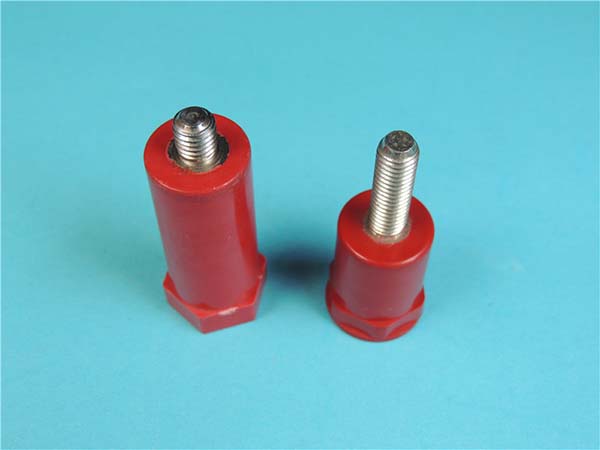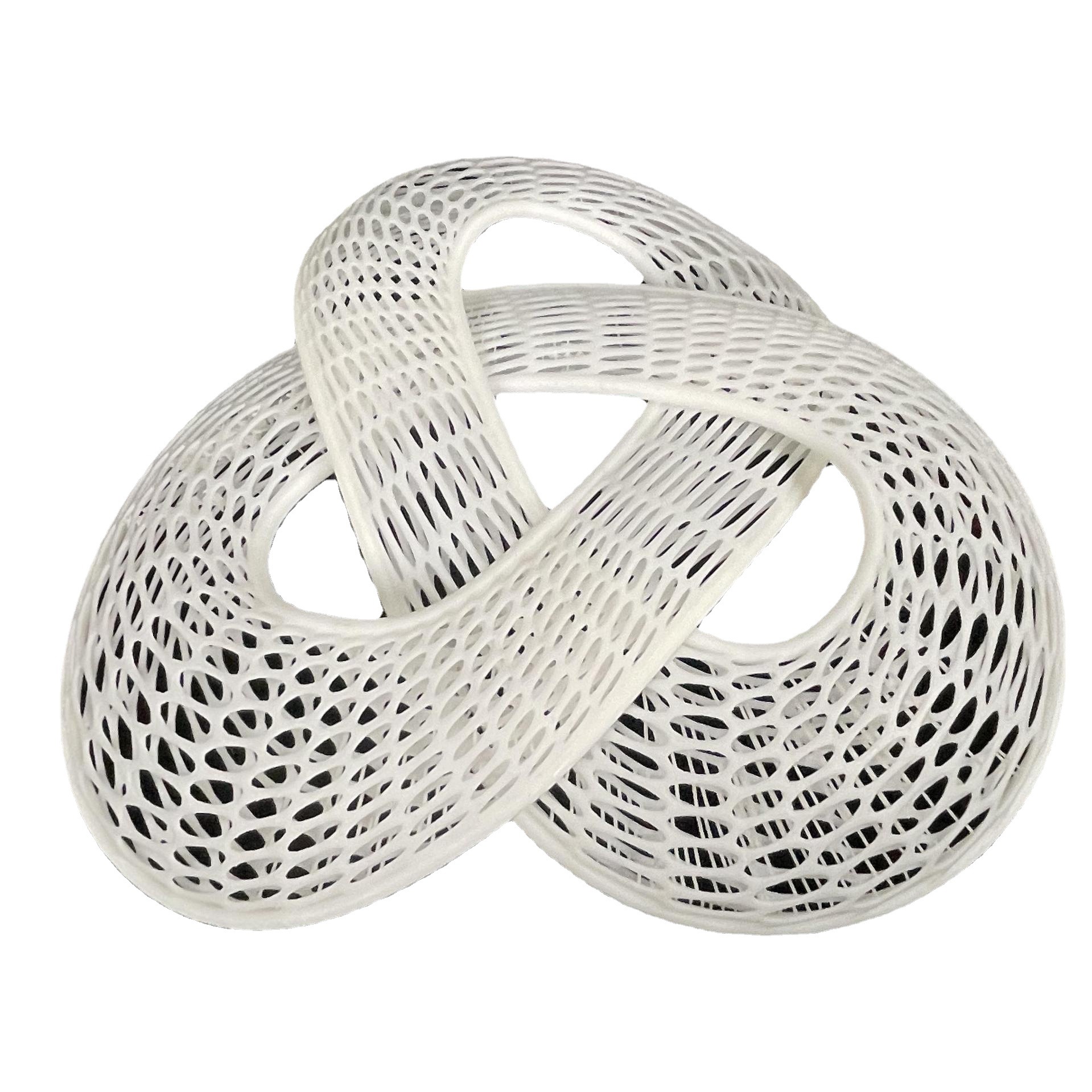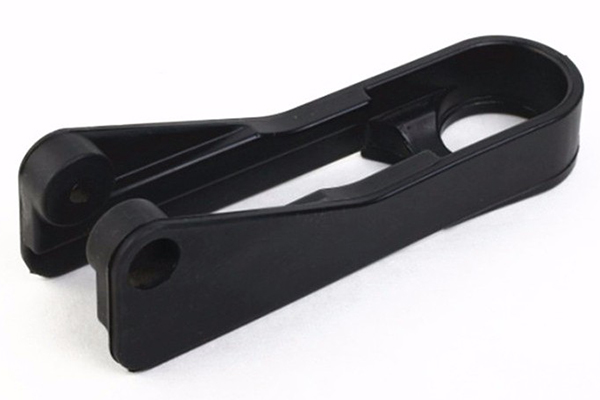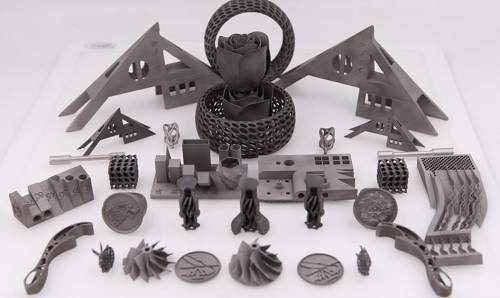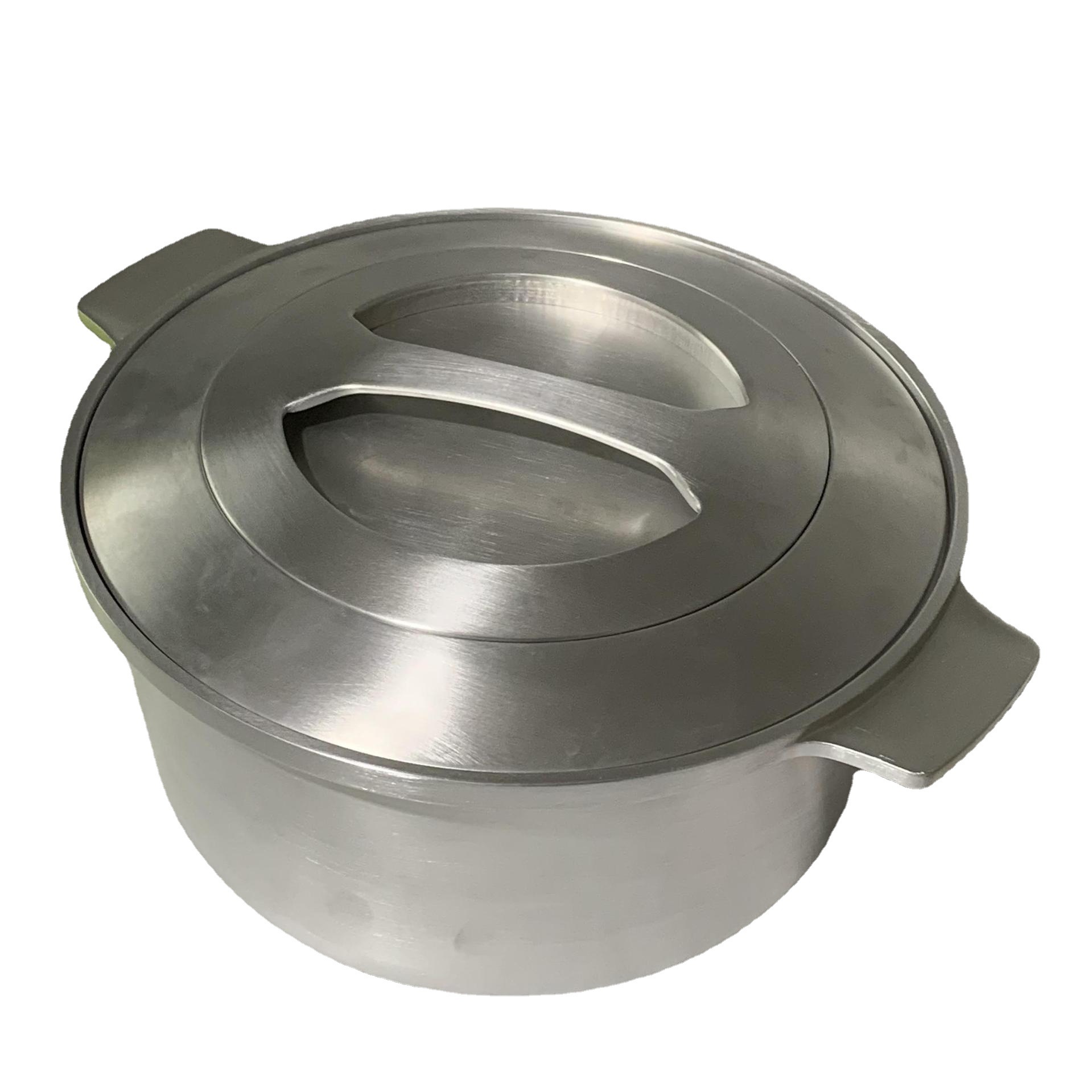Introduction
In recent years, 3D printing technology has been widely used in various fields, such as aerospace, automotive manufacturing, medical treatment, and education. It allows for the creation of complex structures and customized products with high precision, significantly reducing production time and cost. For instance, in the aerospace industry, 3D printing enables the production of lightweight and high - performance components, which can improve the fuel efficiency of aircraft. In healthcare, it can be used to create patient - specific prosthetics and implants, providing better treatment options for patients.
However, when it comes to applications in high - temperature environments, the choice of 3D printing materials becomes crucial. High - temperature environments are common in many industrial scenarios, like engine combustion chambers, furnace components, and thermal management systems. In these cases, if the 3D - printed products are made of materials that cannot withstand high temperatures, they may experience deformation, deterioration of mechanical properties, or even failure, which could lead to serious consequences, such as equipment malfunctions or safety hazards. Therefore, understanding and choosing the right heat - resistant 3D printing materials is essential for ensuring the performance and reliability of 3D - printed products in high - temperature applications.
Types of Heat - Resistant 3D Printing Materials
There is a wide variety of heat - resistant 3D printing materials available, each with its own unique properties and applications. Here are some of the most common ones:
Polyether Ether Ketone (PEEK)
PEEK is a high - performance thermoplastic with outstanding heat - resistance, mechanical properties, and chemical stability. It can withstand continuous use at temperatures up to 260°C and short - term exposure to even higher temperatures. For example, in the aerospace industry, PEEK is used to manufacture aircraft interior components like seat structures, door components, and floor supports. These components need to be lightweight yet strong, and PEEK meets these requirements perfectly. Its high strength - to - weight ratio allows for weight reduction in aircraft, which in turn improves fuel efficiency. In the medical field, PEEK is also used in the production of implants, as it has excellent biocompatibility and can maintain its integrity in the human body over a long period.
Nylon
Nylon, also known as polyamide, has good heat - resistance, abrasion resistance, and flexibility. It can typically handle temperatures up to around 150 - 200°C depending on the specific type and additives. In the automotive industry, nylon is used to make various parts such as engine covers, intake manifolds, and oil filters. Engine covers made of nylon not only reduce weight but also help with noise reduction. The high - strength and heat - resistant properties of nylon ensure that these components can withstand the harsh conditions under the hood. Nylon is also popular in the production of consumer goods like sports equipment and household appliances. For instance, nylon is used to make the frames of some high - end sports sunglasses due to its flexibility and ability to resist breakage under stress.
Polycarbonate
Polycarbonate (PC) is characterized by high heat - resistance, high transparency, and good mechanical properties. It has a heat - deflection temperature of around 130 - 140°C. In the electronics industry, PC is widely used for manufacturing electronic enclosures, such as laptop cases and mobile phone housings. Its high impact resistance protects the internal components from damage. In the optical field, PC is used to make lenses, light - guide plates, and optical discs because of its excellent transparency and dimensional stability. For example, PC lenses are lightweight and shatter - resistant, making them a popular choice for eyeglasses.
Others
- Aluminum alloy: Aluminum alloy 3D printing materials have high strength - to - weight ratios and good heat - resistance. They can be used in aerospace and automotive applications, such as manufacturing engine components and aircraft structural parts. For example, some aircraft wing brackets are made of 3D - printed aluminum alloys, which can reduce weight while maintaining sufficient strength.
- Carbon fiber - reinforced composites: These materials combine the high - strength and stiffness of carbon fibers with the formability of a matrix material (usually a thermoplastic or thermoset). They have excellent heat - resistance and are used in high - performance applications like aerospace and high - end sports equipment. For example, carbon fiber - reinforced 3D - printed parts are used in the frames of racing bicycles, where their high strength and light weight can improve the performance of the bike.
Properties Comparison of Heat - Resistant 3D Printing Materials
To better assist you in choosing the appropriate heat - resistant 3D printing material, here is a comparison of the key properties of the materials mentioned above in a tabular form:
| Material | Heat Resistance Temperature | Mechanical Properties | Chemical Resistance | Cost |
| PEEK | Can withstand temperatures above 300℃ | Excellent, high strength and good toughness | Strong, resistant to many chemical substances | High |
| Nylon | Generally up to about 150℃ | Good, wear - resistant and flexible | Good | Moderate |
| Polycarbonate | Usually 130 - 140℃ | Good, with certain strength and toughness | General | Moderate |
| Aluminum Alloy | Varies according to alloy composition | High strength | Good oxidation resistance | High |
| Carbon Fiber | Excellent high - temperature resistance performance | High strength and high modulus | Good | High |
This table clearly shows the differences in heat resistance, mechanical properties, chemical resistance, and cost among various materials. For example, if you need a material with extremely high heat resistance for aerospace applications, PEEK might be a top choice despite its high cost. However, if you are in an automotive manufacturing scenario with a relatively lower - temperature environment and cost - sensitivity, nylon could be a more suitable option.
Factors to Consider When Choosing Heat - Resistant 3D Printing Materials
Application Scenarios
The choice of heat - resistant 3D printing materials highly depends on the specific application scenarios.
- In the aerospace industry, components such as engine parts and heat - shield structures need to withstand extremely high temperatures during flight, sometimes up to thousands of degrees Celsius in short - term exposure. Therefore, materials with excellent high - temperature stability, high strength, and low density like PEEK and certain high - performance metal alloys are preferred. For example, PEEK is used to make some non - load - bearing but heat - resistant components in aircraft engines due to its ability to maintain mechanical properties at high temperatures and its light weight, which helps to reduce the overall weight of the aircraft and improve fuel efficiency.
- In the automotive industry, while some engine - related parts need heat - resistant materials, cost - effectiveness also plays a significant role. Nylon, for instance, is a popular choice for parts like engine covers and some interior components. It can handle the relatively high temperatures under the hood (usually up to around 150 - 200°C) and offers a good balance between cost and performance. Engine covers made of nylon can reduce the weight of the vehicle, contributing to better fuel economy, and at the same time, its heat - resistant properties ensure that it can function properly in the high - temperature environment of the engine compartment.
Printing Technology Compatibility
Different 3D printing technologies are compatible with different types of materials.
- The Fused Deposition Modeling (FDM) technology is commonly used with thermoplastic materials. Materials like PEEK, nylon, and polycarbonate can be extruded in a molten state through a nozzle and then solidify layer by layer to form the desired 3D structure. For example, many desktop FDM printers can use nylon filaments to print small - scale heat - resistant parts for DIY projects or small - batch production in a home or small - business setting.
- Selective Laser Sintering (SLS) technology, on the other hand, is suitable for powder materials. Metal powders and some heat - resistant polymer powders can be sintered by a laser beam in the SLS process. This allows for the creation of complex shapes without the need for support structures in many cases. In industrial applications, SLS is often used to produce high - performance heat - resistant parts made of metal alloys or high - temperature - resistant polymers, such as parts for high - temperature industrial equipment.
Cost - effectiveness
Cost is an important factor to consider when choosing heat - resistant 3D printing materials. Generally, high - performance heat - resistant materials like PEEK and some advanced metal alloys are more expensive. PEEK, due to its complex manufacturing process and high - end performance characteristics, has a relatively high price per unit mass. However, in applications where high - temperature performance is critical and the quantity of parts is relatively small (such as in aerospace prototypes or high - end medical implants), the high cost may be acceptable.
In contrast, nylon and polycarbonate are more cost - effective options. They are widely available and have a lower cost per unit, making them suitable for applications where cost control is a priority, such as in the mass - production of some automotive components or consumer goods. When choosing materials, it is essential to balance the required heat - resistance performance with the budget constraints to ensure that the final product meets the quality requirements while also being economically viable.
Yigu Technology's View
As a non - standard plastic and metal products custom supplier, Yigu Technology believes that the market for heat - resistant 3D printing materials has broad prospects. With our professional experience, we can provide customers with valuable advice on material selection and customized solutions. We understand that different projects have different requirements, whether it's the heat - resistance level, mechanical properties, or cost - effectiveness. For example, if a customer is working on a project in the automotive industry that requires heat - resistant parts with a certain cost - control target, we can recommend suitable materials like nylon and provide customized manufacturing plans. By doing so, we aim to help customers solve the application problems of 3D printing materials in high - temperature environments and contribute to the success of their projects.
